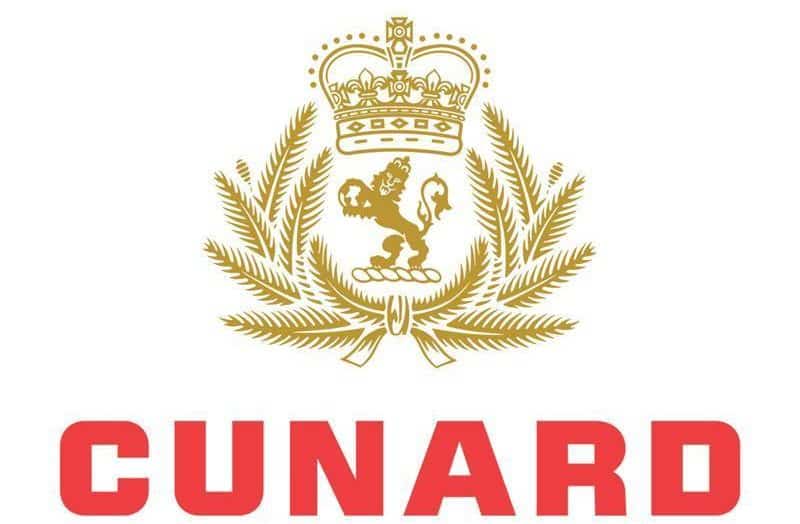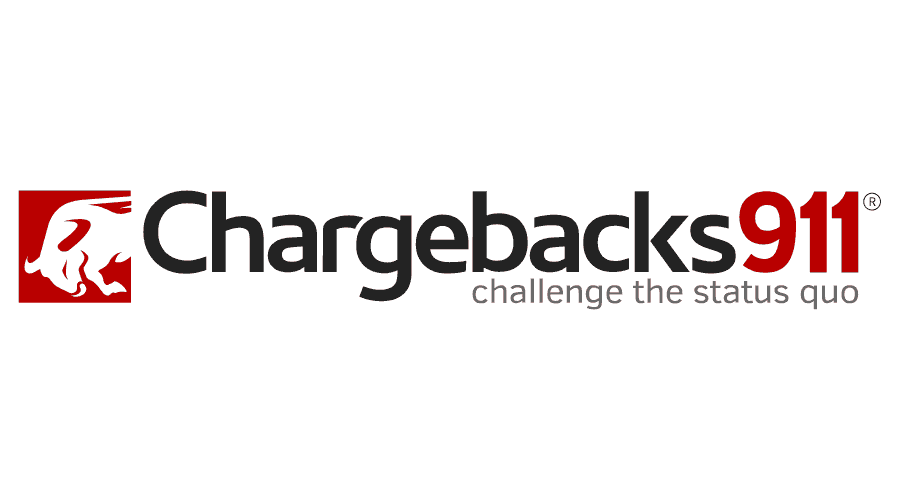Passengers panicked during sinking of Greek cruise ship
The sinking of a cruise ship in the Aegean sea that forced the evacuation of nearly 1,600 people and left two passengers dead raised new concerns in the industry: how safe is it, and what might be done to improve emergency situations?
“The Greek-flagged, 21-year-old Sea Diamond isn’t typical of the modern mega-ships most Americans sail on, and such Titanic-esque incidents have been few and far between,” wrote USA Today.
The last cruise ship to actually sink (in 2000) was the Sea Breeze. The incident happened after engine failure off the Virginia coast; no passengers were aboard and all 34 crew were saved.
But the Greek ship sinking off of Santorini brought reports of panicky passengers scrambling for life jackets. And it raised both awareness and questions about shipboard safety drills and evacuation procedures.
The Greek incident was “an isolated incident and shouldn’t create fear,” said Ross Klein, a frequent cruiser who publishes a ranking of cruise safety on his Web site. He has found only 76 groundings and 22 sinkings of cruise ships or passenger ferries worldwide since 1979.
“That an entire ship was evacuated with relatively few casualties is a testament to the fact that emergency procedures did work fairly well. Cruise travel remains one of the safest forms of transportation,” Michael Crye of Cruise Lines International Association (CLIA) told the AP.
He adds, however, that “many passengers forget about the importance of lifeboat drills. Some don’t show up, and others treat them as something of a joke. What this event does is remind the crew that passengers take the lead from them.”
Cruise ships must conduct a safety drill within 24 hours of sailing with instructions on the use of life jackets and how and where to gather in an emergency, according to Maritime Organization rules.
The regulations also require that ships carry a life jacket for every passenger, plus another 15%, at least 5% of which must be stored in conspicuous places on deck.
But while safety drills are mandatory, passenger participation is not.
Though the international regulations state passengers “shall be strongly encouraged to attend,” cruise lines vary in how stringently they enforce attendance.
So how calm are cruisers during emergencies. Not very.
A British study in 2004 showed that 70% of cruise passengers experience impaired reasoning after serious maritime incidents; 15% display such irrational behaviors as uncontrollable weeping; and only 15% remain calm and alert.
In the Greek incident, the captain and five other officers have been charged with causing a shipwreck through negligence, breaching international shipping safety regulations and polluting the environment.
Report by David Wilkening
 United Kingdom
United Kingdom United States
United States Asia Pacific
Asia Pacific












































BA pilot dies during layover
Dozens fall ill in P&O Cruises ship outbreak
Turkish Airlines flight in emergency landing after pilot dies
Boy falls to death on cruise ship
Protestors now targeting Amsterdam cruise calls